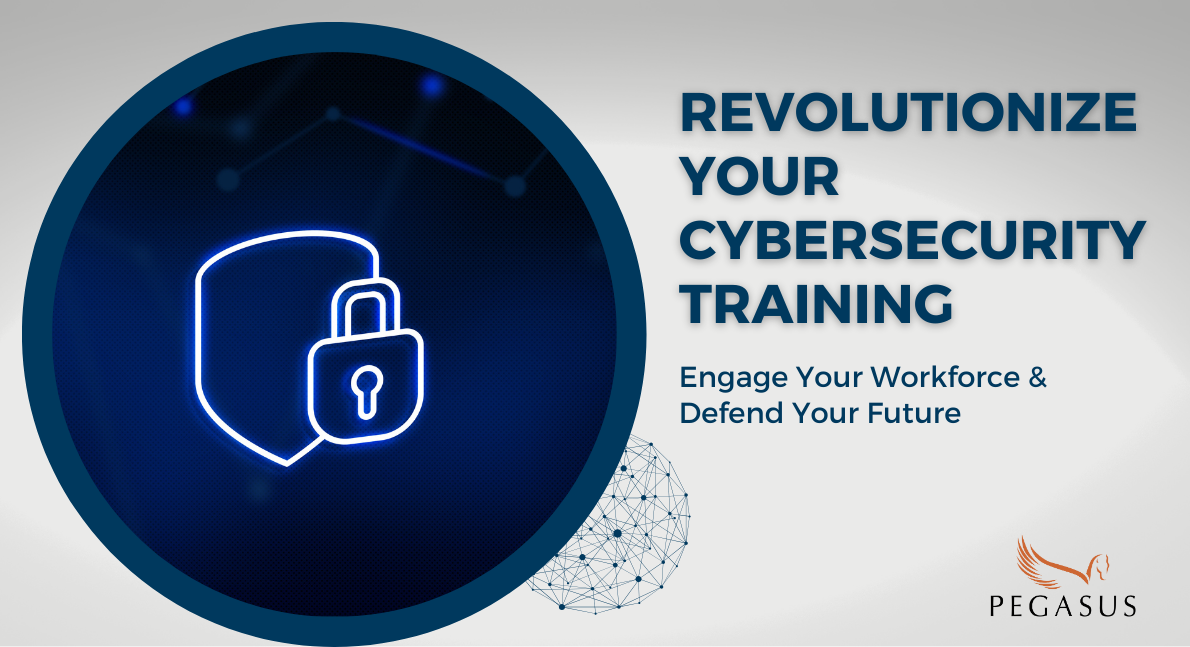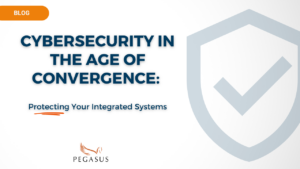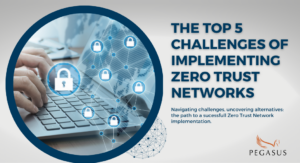7 Strategies to Transform Compliance into Vigilance and Make Your Training Truly Effective
Cybersecurity threats are constantly evolving, and organizations need their employees to be well-prepared to defend against these threats. According to a recent Egress Email Security Risk Report, nearly all surveyed organizations (98%) conduct security awareness and training (SA&T) programs. However, a staggering 96% expressed concerns or limitations with their SA&T initiatives.
Over half (54%) of employees skip through training content, and 59% view it as nothing more than a compliance checkbox.
In this blog post, we’ll explore why employees may be skipping cybersecurity training and present 7 strategies to transform your training program into an engaging and effective experience.
Why Employees Skip Cybersecurity Training
Before diving into solutions, let’s understand the reasons behind employees skipping cybersecurity training:
- Relevance Gap: Training materials often fail to directly relate cybersecurity concepts to an employee’s daily tasks and job responsibilities. When employees cannot see how the training benefits them personally or professionally, they may disengage. Example: In a manufacturing company, the cybersecurity training focuses extensively on email security, but floor workers who rarely use email might not understand its relevance to their jobs. This lack of relevance can lead to indifference.
- Static Content: Training that relies on static content like long PDF documents or slideshows can be tedious and unengaging. Employees may lose interest quickly. Example: An organization provides cybersecurity training through a series of 96 text-heavy slides with minimal interactivity. Employees find it monotonous, leading to reduced retention of key security principles.
- Lack of Practical Scenarios: Training that lacks real-world scenarios or practical exercises may not prepare employees to respond effectively to actual threats they might encounter.Example: A financial institution conducts cybersecurity training but doesn’t include simulated exercises on recognizing and responding to phishing emails, a common threat in the industry. As a result, employees struggle when faced with real phishing attempts.
- Compliance-Driven Focus: Operating in highly regulated industries, almost three-quarters (71%) of leaders said their program was delivered for compliance purposes. When training is primarily geared towards compliance and regulatory requirements, employees may view it as a mandatory checkbox rather than a critical skill-building exercise. Example: In a healthcare organization, cybersecurity training is framed solely in terms of meeting HIPAA compliance. Employees complete it to fulfil regulatory obligations but may not fully grasp the importance of safeguarding patient data.
- Insufficient Feedback: Employees need feedback to understand how well they’re doing and where they need improvement. A lack of feedback can lead to confusion and disinterest. Example: A software development company provides cybersecurity training but doesn’t assess employees’ understanding or skills. Employees are unsure if they’ve absorbed the material, leading to disengagement.
- Failure to Address Remote Work Challenges: In the era of remote work, neglecting to address the unique cybersecurity challenges faced by remote employees, such as securing home networks or devices, can leave them vulnerable.Example: An IT services firm offers cybersecurity training without considering the security risks associated with employees working from home. This oversight leads to employees not grasping the importance of securing their home Wi-Fi networks.
7 Strategies for Employee Engagement in Cybersecurity Training
Now, let’s explore 7 strategies to enhance employee engagement in cybersecurity training:
1. Phishing Simulation: Enhancing Vigilance
How to Implement Phishing Simulation: Explore the step-by-step process of setting up phishing simulations within your organization, from crafting realistic email templates to tracking employee responses.
Benefits of Phishing Simulation: Discover the advantages of using phishing simulations to educate employees on recognizing and responding to phishing threats.
2. Role-Specific Training: Customizing for Relevance
Tailoring Content to Departments: Learn how to customize cybersecurity training content to align with the unique challenges faced by different departments or job roles within your organization.
Examples of Role-Specific Scenarios: Gain insights into creating scenario-based training modules that resonate with specific employee groups, making the training directly applicable to their responsibilities.
3. Security Champions Program: Advocates for Awareness
Identifying Security Champions: Explore the process of identifying and empowering security enthusiasts within your organization to become advocates for security awareness.
The Impact of Security Champions: Understand the role these champions play in promoting a culture of security and providing support to their colleagues.
4. Interactive Workshops: Learning Through Discussion
Hosting Engaging Workshops: Discover best practices for hosting interactive cybersecurity workshops and webinars led by experts in the field.
Guest Speakers and Panel Discussions: Learn how to incorporate guest speakers and panel discussions to add variety and expertise to your training sessions.
5. Simulated Cybersecurity Incidents: Preparing for Real-World Challenges
Conducting Tabletop Exercises: Understand the benefits of tabletop exercises and how to conduct them to simulate cybersecurity incidents and test your employees’ response capabilities.
Fostering Teamwork and Preparedness: Explore how simulated incidents foster teamwork and prepare employees to respond effectively to cyber threats.
6. Continuous Microlearning: Bite-Sized Knowledge
Delivering Short, Focused Lessons: Dive into the concept of continuous microlearning, delivering brief, focused cybersecurity lessons regularly.
Engaging Multimedia Elements: Learn how to use multimedia elements like videos and quizzes to maintain employee engagement in microlearning.
7. Gamify the Training: Learning Through Play
Creating a Gamified Training Platform: Explore the steps to transform your cybersecurity training into a gamified experience with rewards, leaderboards, and points.
Motivating Engagement: Understand how gamification adds an element of competition and fun to the training, motivating employees to actively participate and excel.
Conclusion
Cybersecurity training doesn’t have to be a tedious checkbox exercise. By addressing the reasons why employees skip training and implementing innovative strategies, organizations can create engaging and effective cybersecurity training programs. Remember, a well-trained workforce is one of the best defenses against evolving cyber threats. So, embark on the journey to revolutionize your cybersecurity training and build a culture of security awareness within your organization.
Make your cybersecurity training work now. Book a call with us.
Pegasus is an IT consultancy company that specializes in cybersecurity services and training. Our mission is to fortify your organization against evolving threats. Contact us today to unlock the full potential of your cybersecurity training and safeguard your digital future.



